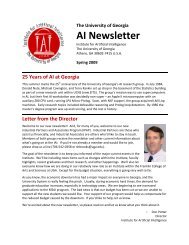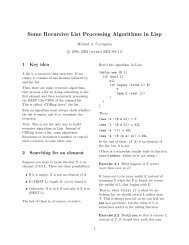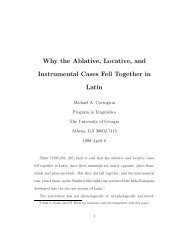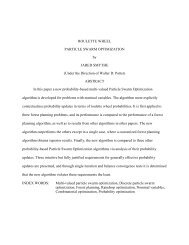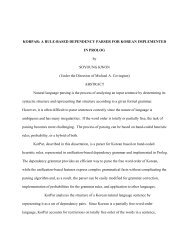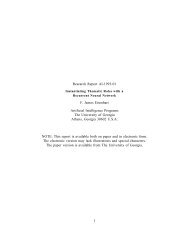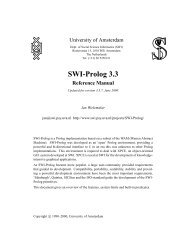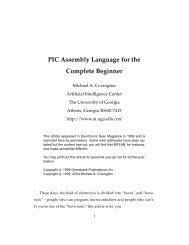human judgment in diagnosing problem behavior in horses using
human judgment in diagnosing problem behavior in horses using
human judgment in diagnosing problem behavior in horses using
You also want an ePaper? Increase the reach of your titles
YUMPU automatically turns print PDFs into web optimized ePapers that Google loves.
1) Understand horse <strong>behavior</strong> and needs<br />
2) Identify and describe the vice or bad habits<br />
3) Determ<strong>in</strong>e the cause(s)<br />
4) Make management changes (facilities, exercises, nutrition, condition<strong>in</strong>g,<br />
groom<strong>in</strong>g)<br />
5) Implement appropriate tra<strong>in</strong><strong>in</strong>g practices<br />
6) Consider remedial tra<strong>in</strong><strong>in</strong>g practices<br />
7) Consider medical and surgical solutions<br />
Therefore after consider<strong>in</strong>g all the steps above, the owner or handler can use this<br />
knowledge and <strong>in</strong>formation to make a better <strong>judgment</strong> <strong>in</strong> deal<strong>in</strong>g with the horse’s<br />
<strong>behavior</strong>. As mentioned earlier, the subject of horse <strong>behavior</strong> is difficult and complex to<br />
expla<strong>in</strong> and judge. This is because all the <strong>in</strong>formation, cues, and signals either from the<br />
environment or from the horse are connected with one another and depend on the amount<br />
of importance put <strong>in</strong>to the signals. The owner and handler have to consider or elim<strong>in</strong>ate<br />
other aspects as well that will lead to <strong>behavior</strong> <strong>problem</strong>s such as physical pa<strong>in</strong>, so that<br />
appropriate treatment can be given immediately.<br />
2.5 An example of a case study<br />
A yearl<strong>in</strong>g Thoroughbred is seen constantly circumnavigat<strong>in</strong>g its stall. This is caus<strong>in</strong>g an<br />
uneven wear pattern on its hooves. However, when the horse is outside it is very happy<br />
and quite content. Does this horse show <strong>behavior</strong>al <strong>problem</strong>s? Can the horse be stopped<br />
from do<strong>in</strong>g this?<br />
(Excerpt from NetPets: www.netpets.com retrieved July 30, 2004)<br />
22






